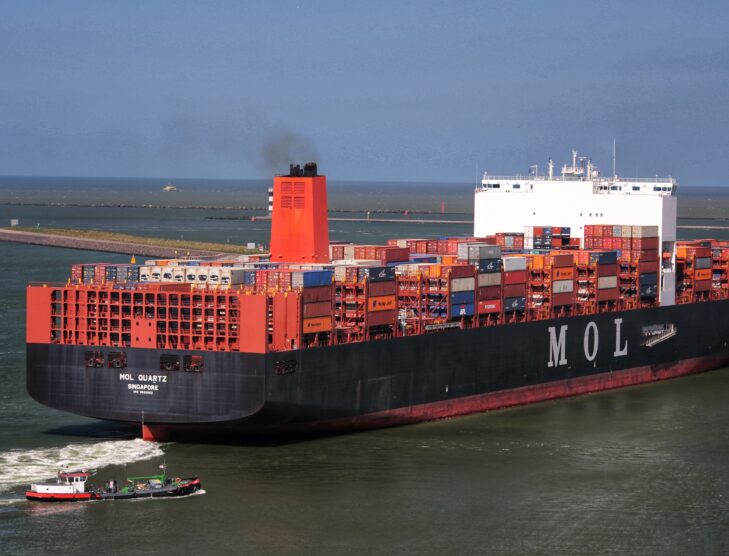
Gasunie and Vopak announce cooperation agreement on green hydrogen infrastructure
On May 2, European energy-infrastructure company, Gasunie, and independent tank storage company, Royal Vopak, announced they had signed a cooperation agreement to jointly develop infrastructure projects that will facilitate the import of hydrogen into northwest Europe, via ports in the Netherlands and Germany.
To achieve the requirements of the European Green Deal and Fit for 55 targets, the large-scale import of green hydrogen is vital. The first import streams of green hydrogen to Germany and the Netherlands are expected by 2025. Successful transportation of green hydrogen for the energy transition requires the development of logistics infrastructure and global supply chains.
Gasunie and Royal Vopak have worked together on previous infrastructure projects, including the Gate LNG terminal at the Port of Rotterdam that began operation in 2011. Last month, the companies announced they were working with HES International to develop the ACE Terminal, an import terminal for a hydrogen carrier at the Port of Rotterdam.
The newly inked cooperation agreement includes future import projects for hydrogen through green ammonia, liquid organic hydrogen carriers and liquid hydrogen technologies. Safe handling of hydrogen and ammonia requires high-quality infrastructure and operations.
The joint announcement indicated that future import infrastructure will include the distribution of hydrogen to end users, via pipeline, vessels, road and rail infrastructure. Gasunie operates one of the largest high-pressure pipeline networks in Europe with over 17,000 kilometres of pipeline in northern Germany and the Netherlands.
“Hydrogen is an essential component of the sustainable energy mix of the future. Our joint goal is to enable the international hydrogen value chain by providing the necessary import infrastructure,” said Ulco Vermeulen, director business development at Gasunie. “With this agreement, Vopak and Gasunie can play a role in the transport, storage and import as part of the international hydrogen value chain.”









